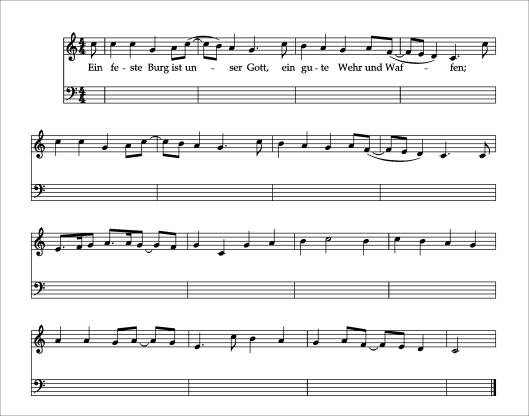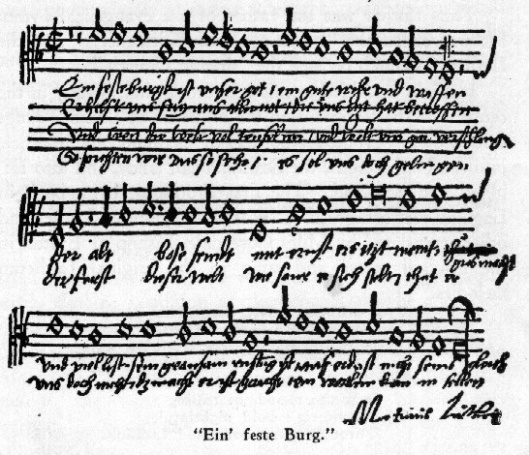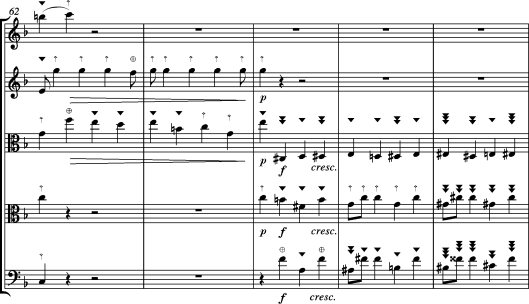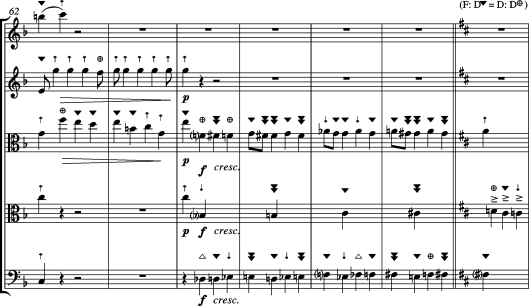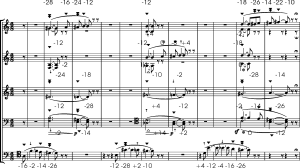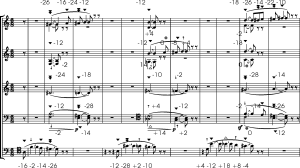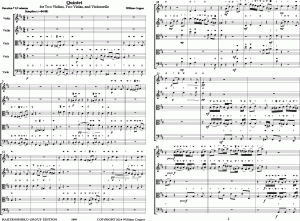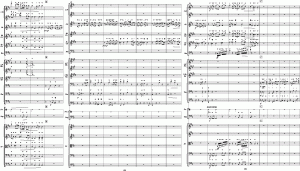Here is a draft summary of all the ways diatonic notes and the usual chromatics can be tuned.
So .. nearing a goal of writing all this in words that are coherent .. difficult for me. “Sharp” is both a sign, the Sharp Sign, and a tuning higher; “Flat” is both a sign, the Flat Sign, and a tuning lower. “Comma”, or “Syntonic Comma” is the 22 cent difference in tuning between a higher and a lower version of the same note. Assistance with clarity and accuracy welcomed!!
In just intonation in a diatonic context:
1) IF
a note requires a SHARP sign or, in a flat key, a NATURAL sign which functions as a Sharp indicator —
THEN:
that note is going to be tuned in one of three common ways and one less common way, with the most common way the second version below.
(1-A) the note is tuned in 5th relation to tonic — get to it by tuning perfect fifths up in a stack until you get to the sharp-sign note … so tune in the dominant direction in a circle of fifths. In a diatonic context, a note with an added Sharp Sign will never be tuned sharper than this. See (2-A) for the Flat Sign equivalent.
(1-B) the note is tuned in 5th relation to the leading tone or mediant — get to it by tuning perfect fifths in a stack up from the leading tone until you get to the sharp-sign note. This is the normal, comma-low, Sharp Sign note.
(1-C) the note is tuned in 5th relation to a leading tone of the mediant. This is not uncommon, two commas-low, Sharp Sign.
(1-D) the note is tuned in 5th relation to a leading tone of the leading tone of the Submediant. It is uncommon but not unheard of, the three-comma-low tuned Sharp Sign note.
2) IF
a note requires a FLAT sign or, in a sharp key, a NATURAL sign which functions as a Flat indicator —
THEN
that note is going to be tuned in one of three common ways and one very uncommon possibility, with the most common the second version below.
(2-A) the note is tuned in 5th relation to tonic — get to it by tuning perfect fifths down in a stack until you get to the flat-sign note … so tune in the subdominant direction around the circle of fifths. In a diatonic context, a note with an added Flat Sign will never be tuned flatter than this.
(2-B) the note is tuned in 5th relation to the minor mediant (flat 3rd) of tonic — get to it by tuning perfect fifths in a stack up or down from the minor mediant until you get to the flat-sign note. This is the normal, comma-high, Flat Sign note.
(2-C) the note is tuned in fifth relation to the minor mediant of the minor submediant, in the key of C, a Cb is tuned relative to the Ab minor submediant — this is relatively uncommon, but results in a note two-commas higher and related to the minor-mediant of the minor submediant.
(2-D) nearly unseen, but possible, would be a three comma higher note, such as, in the key of C, an E double flat
3) IF
a note is seen in a diatonic context with neither Flat Sign or Sharp Sign added, in other words, it is a normal note in the diatonic key,
THEN
that note is going to be tuned one of four possible ways, all of which are relatively common depending on the position in the scale.
(3-A) the note is tuned at or toward the dominant in a perfect fifth relation from tonic — the dominant note of the scale, one common tuning of the supertonic note of the scale, and occasionally a high tuning of the submediant.
(3-B) the note is the subdominant in a perfect fifth relation from tonic — the subdominant note is the only example
(3-C) the note is tuned in a fifth relation with the mediant, so according to the harmonic series of the tonic, and one comma flatter than the same note if it were found by a fifth relation going out beyond dominant in the dominant direction — in the key of C, you can arrive at an E by means of C – G – D – A – E, a series of perfect fifths, but this E is tuned quite different than the E found in the C harmonic series — they differ by a commma. The notes in a diatonic scale that use this tuning are the leading tone, the mediant, the submediant, and the lower common tuning of the supertonic note.
(3-D) the note is tuned in a fifth relation to the lowered mediant – only found in a minor mode, so that the lowered seventh is tuned a comma higher in a pure relation to the lowered third.

